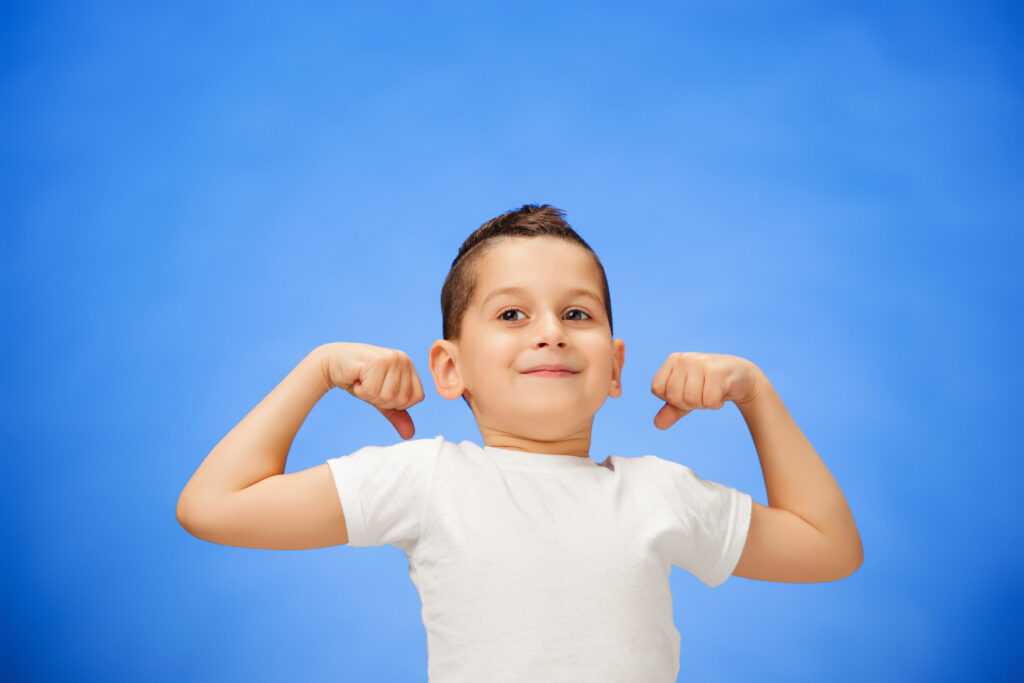Have you ever spoken to someone, and wondered if they were really listening to you? And when you were a child, did you ever hear a parent or teacher say “pay attention” or “listen carefully”? If these scenarios sound familiar to you, let’s learn about a concept called ‘Whole Body Listening’ (WBL), how it helps us to organise the information we take in, and how you can help your child to listen with their whole body.
What is Whole Body Listening?
‘Whole Body Listening’ is a concept that was first introduced by speech pathologist Susanne Poulette Truesdale in 1990. In Whole Body Listening, we not only listen with our ears, but multiple body parts are enlisted as well, playing different roles to help to improve our attentional skills.
For example, our eyes help us to listen when they look at the speaker. Our arms, legs, mouth and body do their part by staying calm and quiet while we listen. And our brains focus on the speaker to understand what is being said.
From the Social Thinking perspective, Whole Body Listening is a tool that is used to help children understand how different parts of our body play a part in helping us become good listeners. It is also a relational and emphatic act, serving as a reminder to be considerate to the speaker and to care about what is being said (whether we agree with it or not).
How to help your child listen with their whole body
If your child often seems too ‘preoccupied’ or ‘distracted’ to pay attention to what you are saying, here are a few practises that can help improve their listening skills:
- Limit visual and auditory distractions near you (the speaker) and your child (the listener).
- Remind your child to think about the speaker and be curious about others’ feelings.
- Use sensory supports that allow for better, more focused thinking, e.g. a fidget toy for children who listen better when they can keep their hands busy.
- Help your child to practice mindfulness (paying attention with intention or on purpose) during various activities.
- Play games to teach your child the concept of listening with your eyes, hands, feet, body and mouth.
- Role-play various scenarios, like a classroom lesson, birthday party, or family conversation. Focus on the types of listening behaviours expected for each one.
- Praise your child when they listen in an expected way.
- Download and print our Whole Body Listening Visual and post it in a common area of your home.
Watch a Whole Body Listening video on YouTube with your child. - Practice and model Whole Body Listening yourself.
Listening is an important life skill for children to develop, as it is the basis for understanding content, context, social cues, communication and relationships with others. Whole Body Listening is also useful for all ages, from childhood to adulthood, and can be adapted to a wide range of needs and abilities.
If your child struggles with listening, or if you’d like to learn more about Whole Body Listening and how it can help your child, we highly recommend speaking to one of The Energy Source’s paediatric specialists.

This article was reviewed by The Energy Source’s Director, Physiotherapist and Sensory Practitioner, Joanna Hutt.




